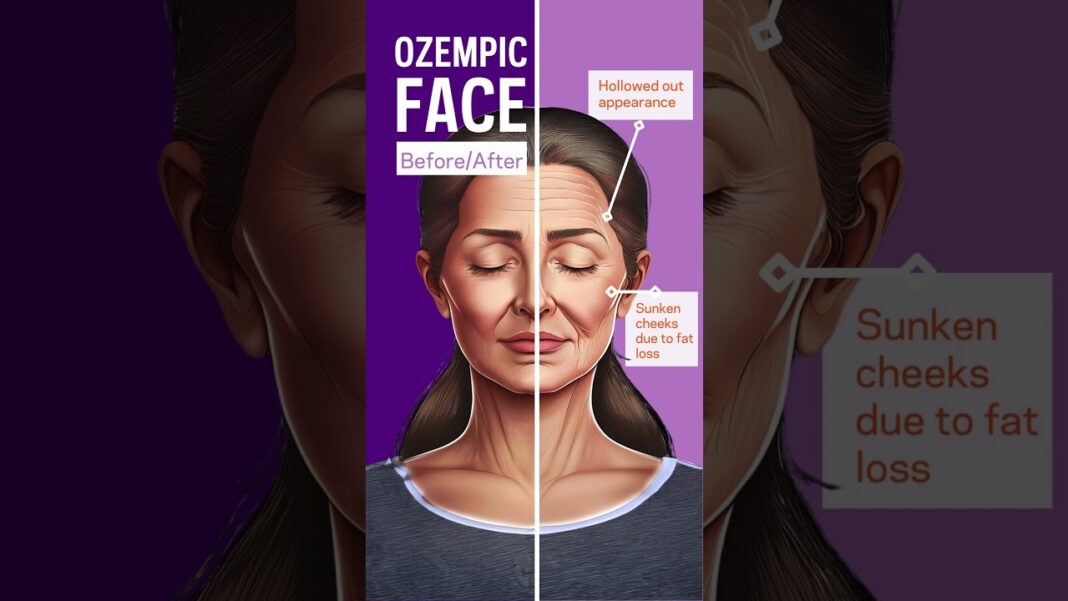Specific lifestyle choices can be beneficial to preserving youthfulness, while a variety of tools can help reverse damage.
It’s been decades since Carole Maggio first started teaching her spa clients to exercise their faces to reverse signs of aging.
Today, GLP-1 receptor agonists are edging out sun damage as the driver factor for facial exercises, which she calls “facercise.” She’s seeing more patients taking these weight-loss drugs in her spa with the telltale signs of “Ozempic face,” such as sagging skin, sunken cheeks and eyes, and deeper wrinkles.
She recounted how many people have said they just wanted to lose 10 pounds, but they lost 30.
“They get on this roll and in their mind’s eye, they think more is better. They end up looking so much older,” Maggio told The Epoch Times.
“Ozempic face” can be prevented with a slower approach to weight loss, experts say.
There are also non-invasive tools—holistic approaches like Maggio’s and fillers of many kinds—that can prevent and reverse saggy skin.
What Causes ‘Ozempic Face’?
Patients taking GLP-1 receptor agonists lose an average of 7 percent of their facial volume for every 22 pounds lost, mostly from fat pads in the midface—cheeks and areas around the nose, mouth, and temples, according to a study published in Otolaryngology—Head and Neck Surgery quantifying the “Ozempic face” phenomenon. Fat volume helps make a face look youthful.
A mixture of factors influences facial changes, including the potential rapid loss of nutrients, vitamins, and fatty acids that make up the building blocks of collagen and elastin, which act as a scaffolding of sorts for facial firmness. GLP-1 drugs can also disrupt the skin barrier and cause dry, dull skin.
The authors noted that clinical trials analyzing GLP-1 receptor agonist use for weight loss rarely report facial fat loss as an adverse effect.
“Because of this, providers prescribing these medications are unlikely to counsel patients pretreatment about the potential for undesirable changes in facial appearance.”
How to Recognize ‘Ozempic Face’
Ozempic face can have a global effect on the face, according to plastic surgeon Dr. John Burns. He provided a more detailed explanation of some changes that could take place:
- Increased lines and wrinkles around the eyes, forehead, and mouth
- Sunken or hollowed eyes
- Hollow cheeks or temples
- Sagging, loose skin along the jawline and jowls
- Exaggerated nasolabial folds and marionette lines
- Thinner lips, elongated upper lip
- More visible facial bones, loss of fullness or plumpness
- Unmasking of the platysma muscle in the lower face and neck
By Amy Denney








